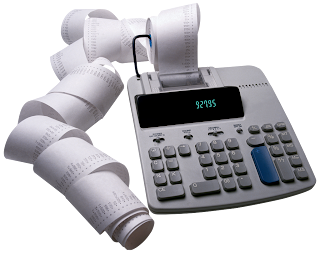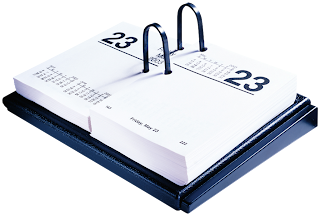

With the incredible explosion of organizing TV shows, books, and magazine articles, many people are taking active steps to combat clutter in their homes, offices and lives. Often, the easiest and most effective way to get organized is to work with a Professional Organizer – a professional who is dedicated to helping you meet your organizing goals. Choosing the right Professional Organizer is important – this professional will be working with you in your own home or office, and will see things that most other people may not see.
According to the National Association of Professional Organizers (with nearly 3000 members, it’s the industry standard professional association), a Professional Organizer helps people take control of their surroundings, their time, their paper and their lives by using organizational principles, concepts and products. This usually includes developing strategies and systems to meet your organizational challenges, and helping you learn the skills to keep up the systems on your own. Professional Organizers come from a wide variety of educational backgrounds and their skills and experience vary widely. For most of the field’s 20+ year history, many organizers came out of the corporate world, where they previously may have been in systems administration or administrative/office manager types of positions; now, it’s increasingly common to see newcomers to the profession choose organizing as their first job. When choosing a prospective organizer to work with, it’s important to ask about their education and professional experience, as well as whether they have any ongoing professional education related to organizing.
While many organizers are generalists and work in many home and office settings, some find a niche within the field and serve a particular subset of the population. Some organizers specialize in areas like estate organizing (dealing with the belongings of the deceased), financial organizing (setting up bill payment systems, managing tax-related paperwork, etc.), or working with seniors (downsizing or preparing to move to assisted living). One of the areas I specialize in is working with entrepreneurs in small and home-based businesses, who often need systems developed to manage their businesses flow of information, paper, and time management.
On TV, organizing shows often portray the Professional Organizer as a taskmaster, forcefully “encouraging” clients to get rid of their stuff and chiding them when they don’t want to let go (hey, it makes for good TV). In reality, we usually help clients look at what they value and what they don’t – what they don’t value might go away. For what stays, we’ll help them develop storage strategies and systems. If you really want to keep Grandma’s broken pie plate and the resumes from when you were 22, it’s my job to help you find the most effective way to store them.
In reality, a typical session might start by identifying what project we’d be tackling during the session – for instance, setting up a filing system or editing one section of a closet. We’d then work side-by-side on actually doing the work – setting up the categories, files and folders in a paper management system or reviewing the articles of clothing in a closet and deciding what to do with each. Finally, we would end by cleaning up the area we’ve been working in, then reviewing what we’ve accomplished and what the next steps might be.
Pretty organized, right? Well, that’s the idea. If you’re feeling overwhelmed, disorganized, or maybe that things just aren’t working as well as they could, working with a Professional Organizer could help you bridge the gap between how things are, and how you’d like them to be.
_Joshua Zerkel
-
Joshua Zerkel, owner of Custom Living Solutions, helps busy people save time, space and money by getting organized at work and at home. For more FREE organizing ideas, visit www.customlivingsolutions.com/tips or call 415-830-6345.
© 2007 Joshua Zerkel and Custom Living Solutions. All Rights Reserved.
Joshua Zerkel, Organizing Expert
Custom Living Solutions
www.customlivingsolutions.com
joshua@customlivingsolutions.com Tel. 415-830-6345



































